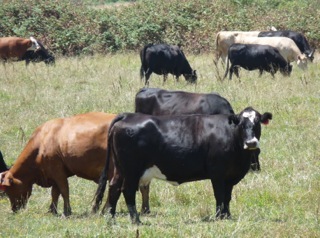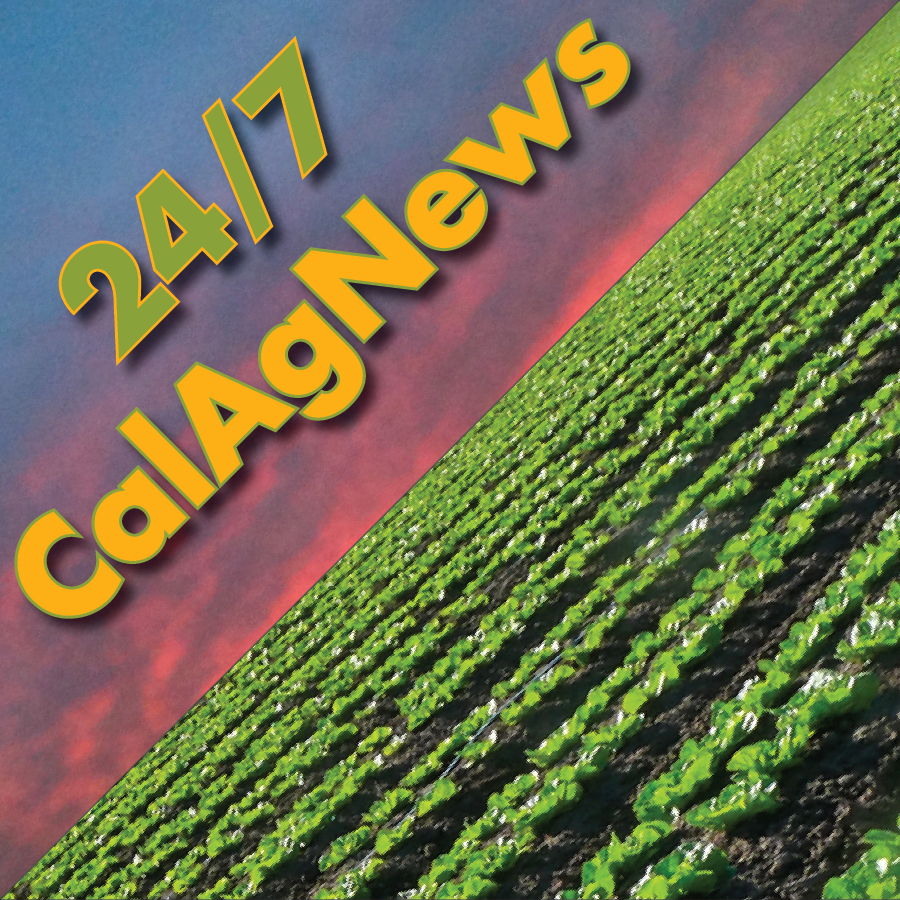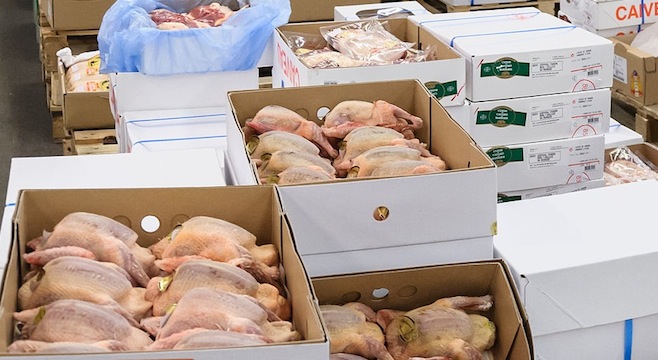4th Generation Modoc Rancher To Take California Cattlemen’s Association Reins
Modoc County Cattleman to Serve for Two Years as California Cattlemen’s Association President
By Kyle Buchoff, California Ag Today Reporter
Bill Flournoy is a fourth generation cattleman in the city of Likely, nestled in California’s northeast Modoc County, and the upcoming CA Cattlemen’s Association president.
Many generations of his family contributed to the ranch, “We came here in 1871 to this valley and I live in the house where my Dad and Granddad were born,” said Flournoy. “I’ve got a grandson here–that’s fifth generation–and a granddaughter who is sixth generation, who help me.”
When the California Cattlemen’s Association meets with the California CattleWomen’s Association at their 98th Annual Convention, Flourney will begin a 2-year term as president. The event will be be held from November 20-22 in Sparks, NV.
He was very modest about his new responsibility, “Well that’s kind of the way it ended up. I didn’t volunteer for this; I was asked to, and I am going to respect that. I believe in the California Cattlemen and that’s why I’m going to do the best job I can for them.”
Flournoy is very close to his two brothers, who are also his business partners. He noted, “We’ve been partners for forty-five years. We run a cook house, have breakfast and lunch together everyday, work together and get along pretty darn good.”
When asked to reflect on good and bad days on the ranch, he was surprisingly positive: “Oh yeah, I’ve worked this ranch all my life, and I haven’t had very many bad days. I’ve had some family die and that made bad days, but working on the ranch and with the cattle and the men that I’ve worked with, I can’t say I’ve had too many bad days. I’ve been pretty fortunate.”
For more information on the 98th Annual Convention, please visit the Cattlemen’s website.


















